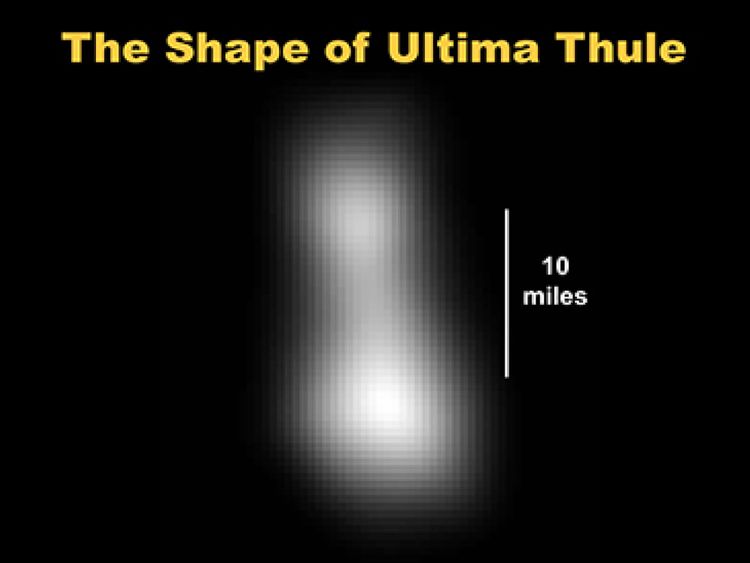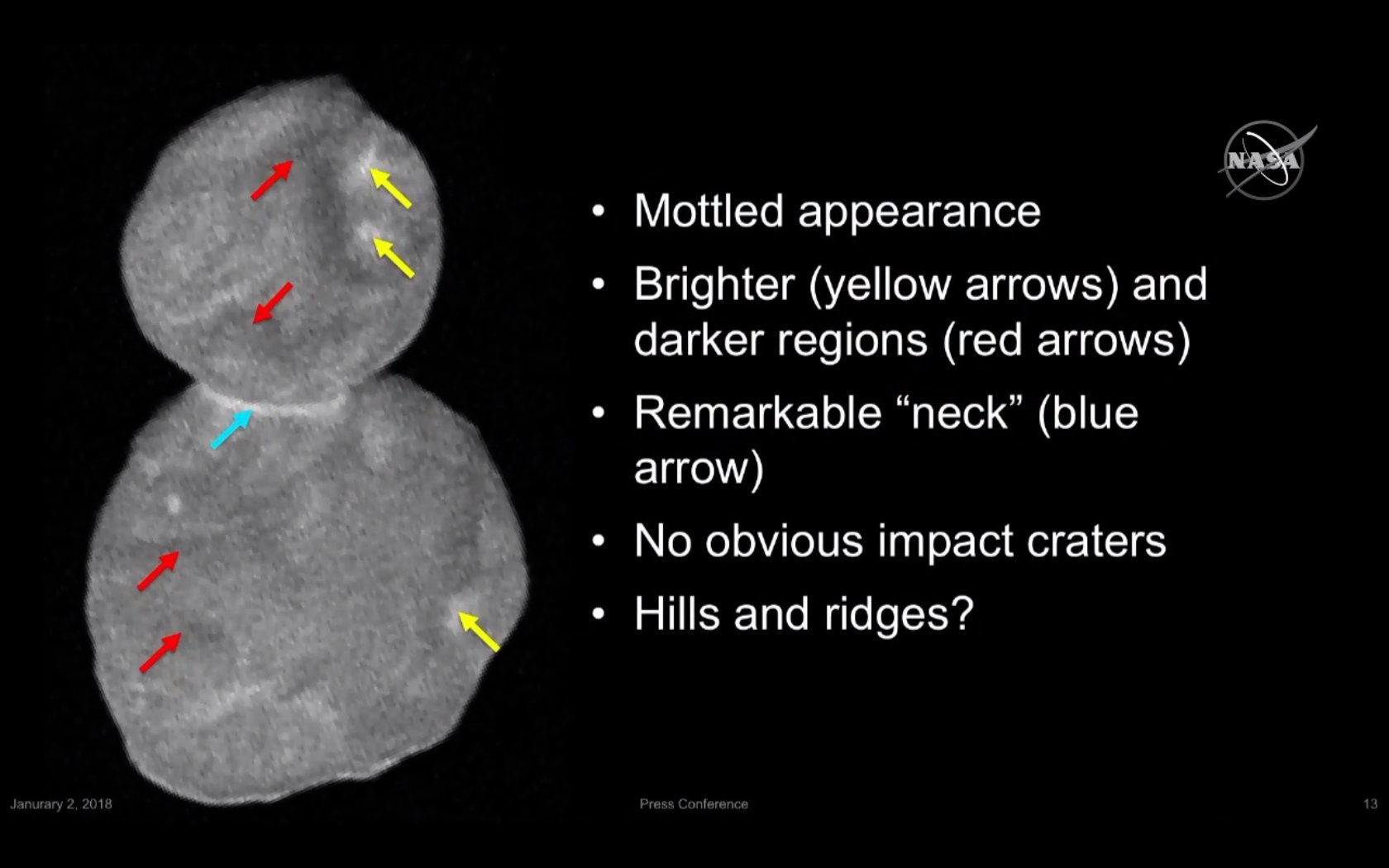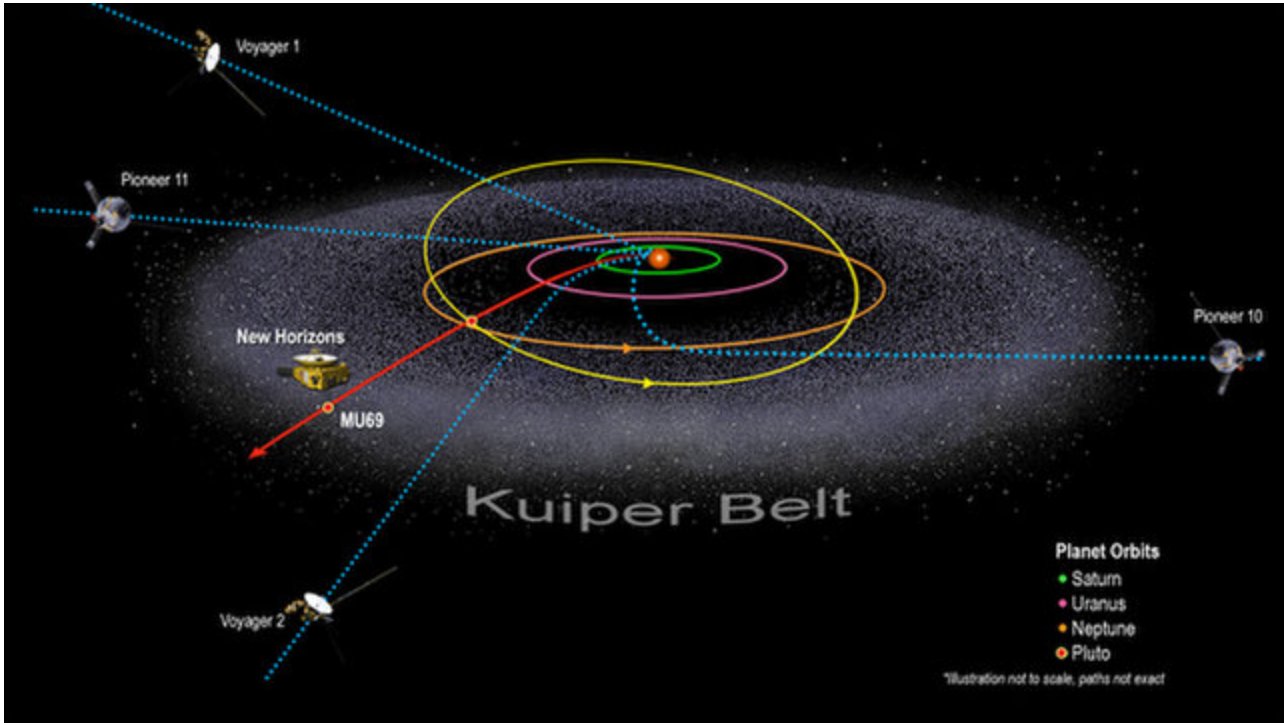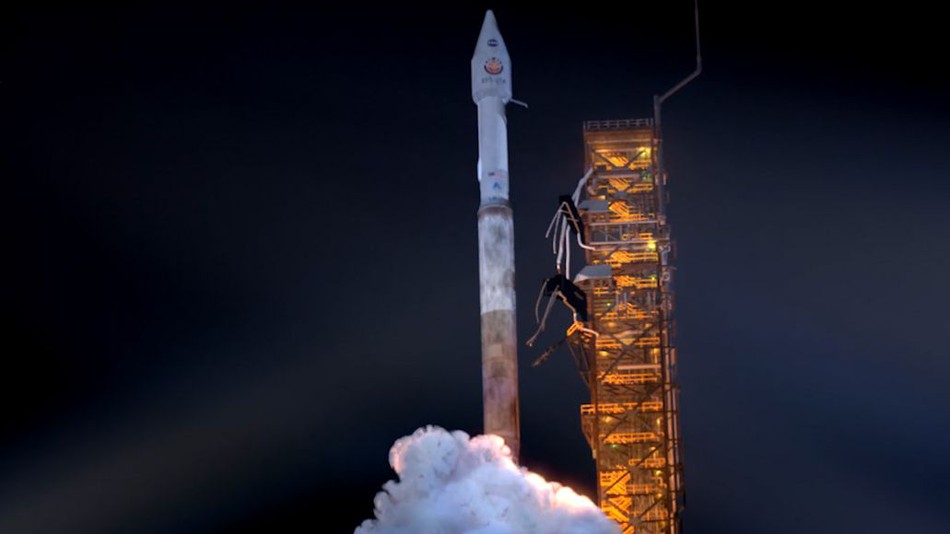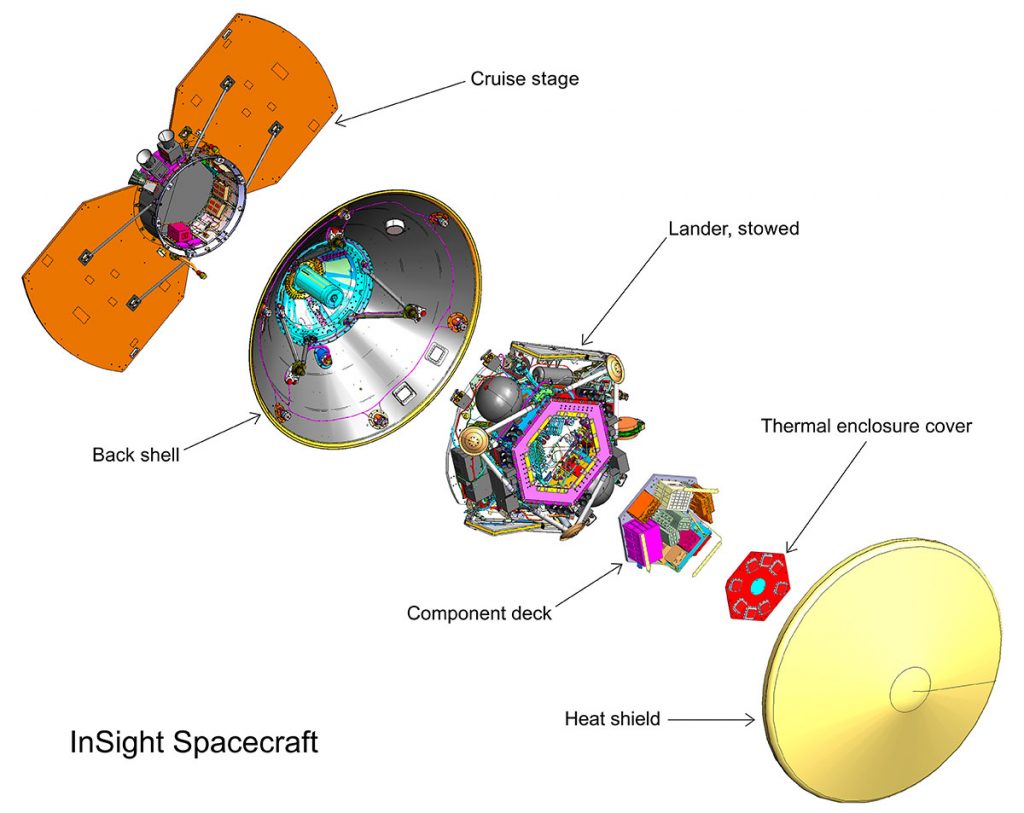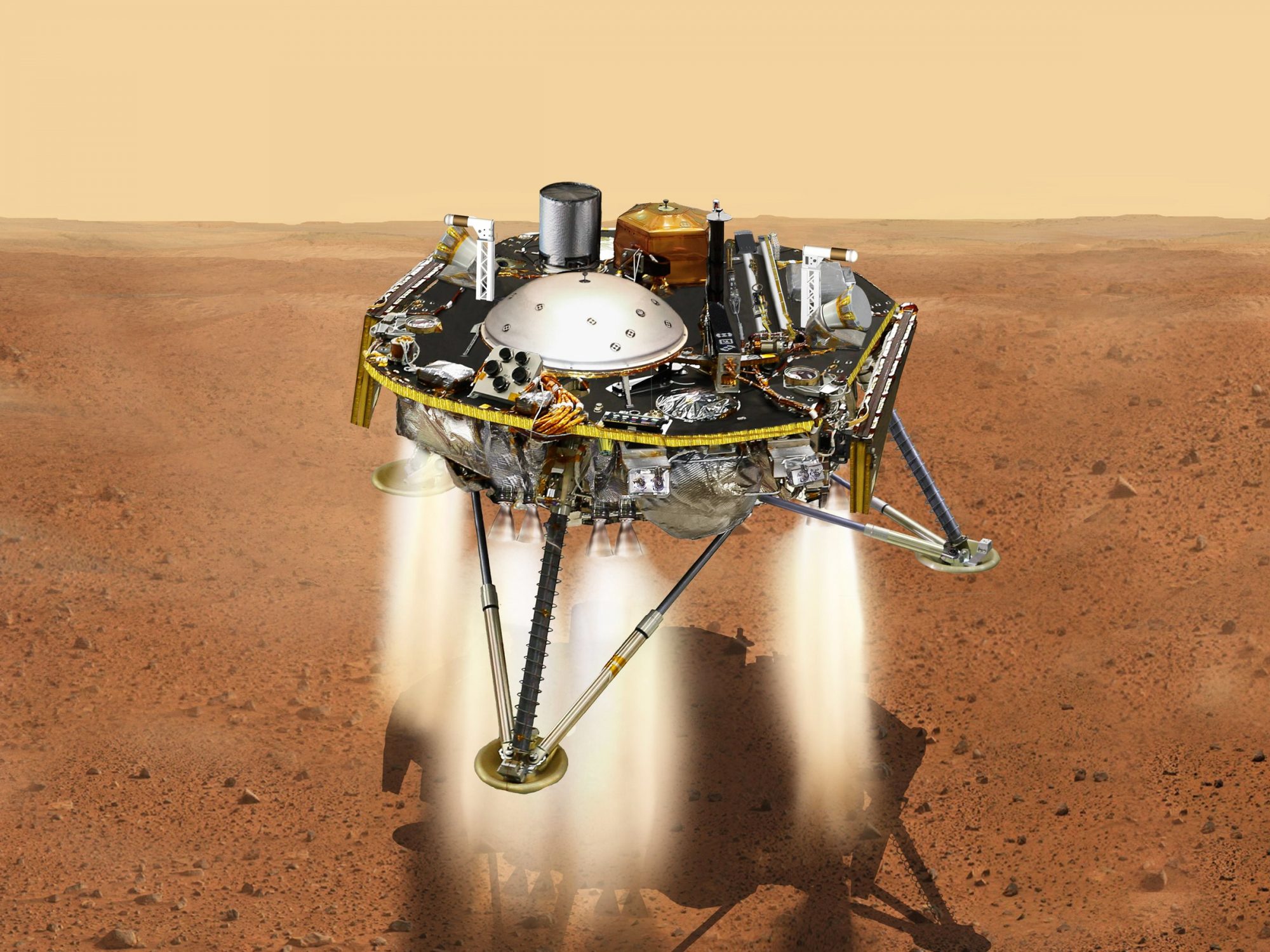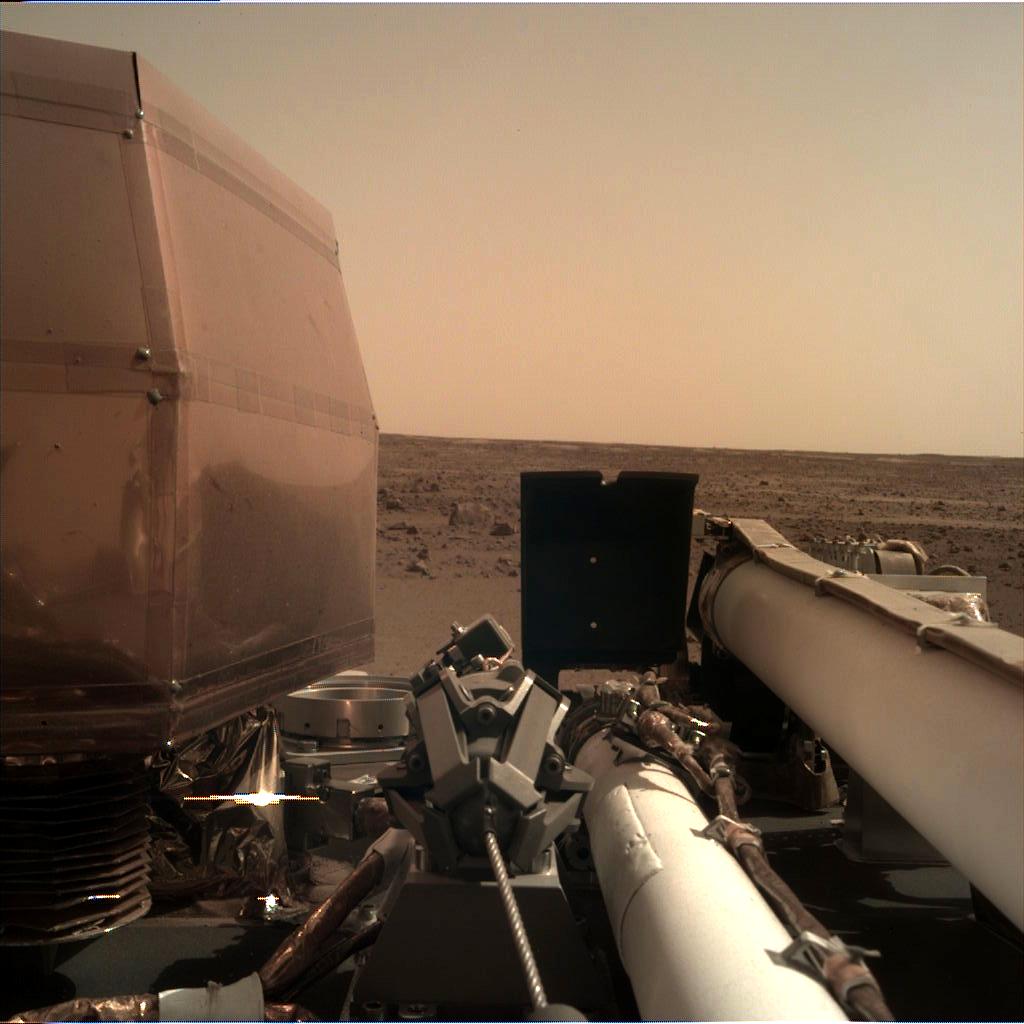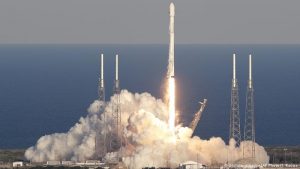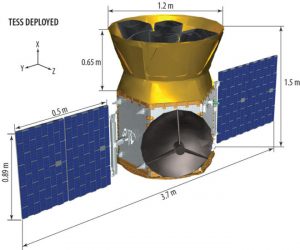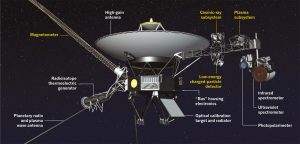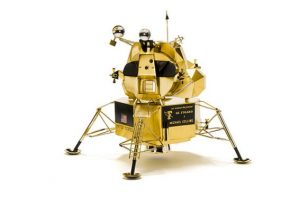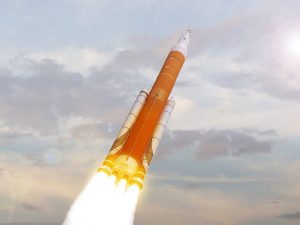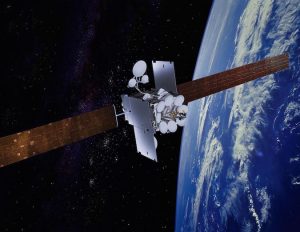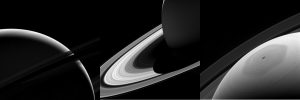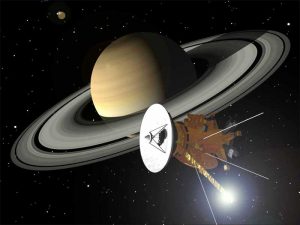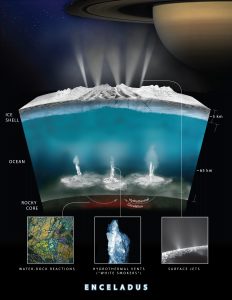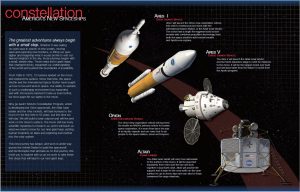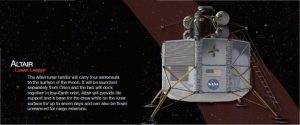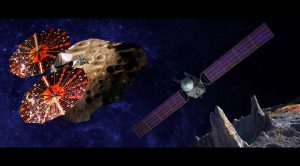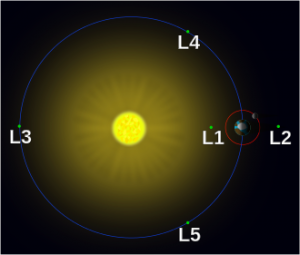The President’s requested budget for the US Federal government for the fiscal year 2020 has been released and, to put it mildly it’s a punch in the gut to the advancement of science in this country. The good news is that it is the US Congress who actually has the power to pass a budget and the President’s funding request is really just a suggestion. However the proposed budget does illustrate how appropriate funding for science, and the direct relation of science to our nation’s security and prosperity are being lost in the partisan bickering that has become what we call government.
Now the US government, instead of having a single department of science, splits the funding for scientific programs into several different departments. These include some of the government’s best known agencies such as NASA and the National Institute of Health (NIH) along the National Science Foundation (NSF).

Then there are other agencies which conduct scientific activities in addition to their other work such as the Environmental Protection Agency (EPA). In these agencies determining what work can be considered advancing science and what is regulatory or dealing with national defense can be tricky so I’ll examine the two groups separately.
Starting with NASA the chart below shows a breakdown of the proposed 2020 budget. Now I admit the chart has a lot in it and it’s difficult to really understand what going on but remember we are only concerned with the two columns 2019 (this year) and 2020 (the proposed budget) and we’ll look at one line item at a time. By the way the blue lines are major budget areas with the white lines beneath them efforts broken out from the major area above.

Starting at the top the ‘Deep Space Exploration Systems’ is the Space Launch System (SLS) and other programs for human exploration beyond Earth orbit. Comparing the numbers for 2019, $5.05 billion and 2020, $5.021 Billion, you can see that about $29 million is going to be taken away from this effort. That’s a reduction of only 0.5% so it’s not too bad. Still considering all the delays and budget problems the SLS has had over the last few years adding yet one more difficulty can’t really be a good thing.

Let’s drop down to the line called ‘LEO and Spaceflight Operations’. Now LEO stands for Low Earth Orbit and this line item includes manning and maintaining the International Space Station (ISS) along with getting astronauts back and forth to the ISS. We see that the proposed 2020 funding is $4.285 billion, a reduction of 9.2% from the 2019 funding of $4.639 Billion. That’s a substantial reduction and illustrates NASA’s growing desire to step back from its commitment to the ISS and turn over space efforts in LEO to commercial companies like Boeing, Space X along with others such as Bigelow aerospace.
Continuing down the next blue line we come to the Science line item which includes both interplanetary probes as well as those satellites that are studying the Earth from orbit. The cutbacks here are also very large, from $6.905 Billion in 2019 to only $6.303 Billion in 2020, a reduction of 9.1%. Once again the implication is that the Trump administration, insofar as it cares about space at all, cares only about manned spaceflight.


Before moving on to the other departments in our government I’d just like to point out one small line item, STEM engagement. As many of you may know STEM stands for Science, Technology, Engineering and Math and STEM engagement is NASA’s efforts to help promote STEM education in our schools. Obviously the Trump administration doesn’t approve of trying to encourage our young people to aspire to careers in STEM because the entire line item has been cut from the 2020 budget, a 100% reduction!
So now let’s move on to proposed budget for the National Institute of Heath, which is an agency with the Department of Health and Human Services. Now you’d think that with the current problems the US is having with such medical issues as opioid abuse and suicide along with traditional diseases like cancer and heart disease that the NIH would at the very least be receiving a small increase in budget. And let’s not forget that recent statistics have shown that life expectancy in the US is actually going down for the first time in over a hundred years. Obviously there’s a lot of work for our health care professionals to do right now but apparently the Trump Administration doesn’t feel that way. The 2020 proposed budget cuts spending on the NIH by 4.5 billion or 11%.
The National Science Foundation, which funds so much of the pure research carried out in this country also takes a major hit in the proposed budget. The proposed budget is $7.1 Billion in 2020, a decrease of $1 Billion or 12% from 2019. This cutback clearly illustrates the shortsighted ignorance of those to prefer ‘practical’, ‘useful’ science as opposed to basic research without recognizing that ‘practical’ science cannot even begin without the foundation provided by basic research.
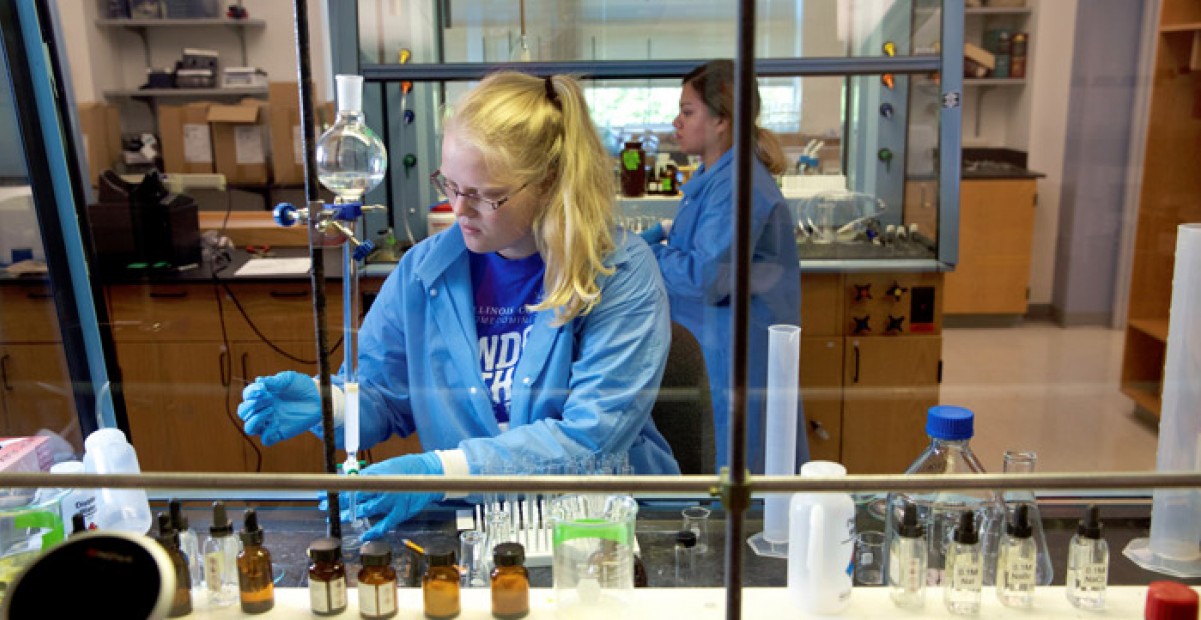
I’ve saved the worst for last, because what the Trump administration has proposed for the Environmental Protection Agency is nothing less than a deliberate abandonment of any and all responsibility for how we treat our planet. The 2020 budget request of $6.1 billion represents fully a 31% cut from the EPA’s funding for 2019.

This lack of concern for the health of the planet on which we live is very much is keeping with Trump’s attitude we can do whatever we want to the environment without suffering any consequences. The reality is however that every day we see more and more evidence that we are already suffering for our mismanagement of the Earth and the consequences are only going to increase in both magnitude and quantity if we don’t wake up and start behaving responsibly.
And that’s the real danger of the Trump administration’s proposed 2020 budget for science, because without science we won’t have the knowledge we need in order to know how to behave responsibly. After all science is just the Latin word for knowledge.
Trump however has throughout his life always chosen to exploit the ignorance and greed of those around him so the cutbacks in science make perfect sense, to him. For the rest of us however, an America without a commitment to science is an America that has lost its greatness.


